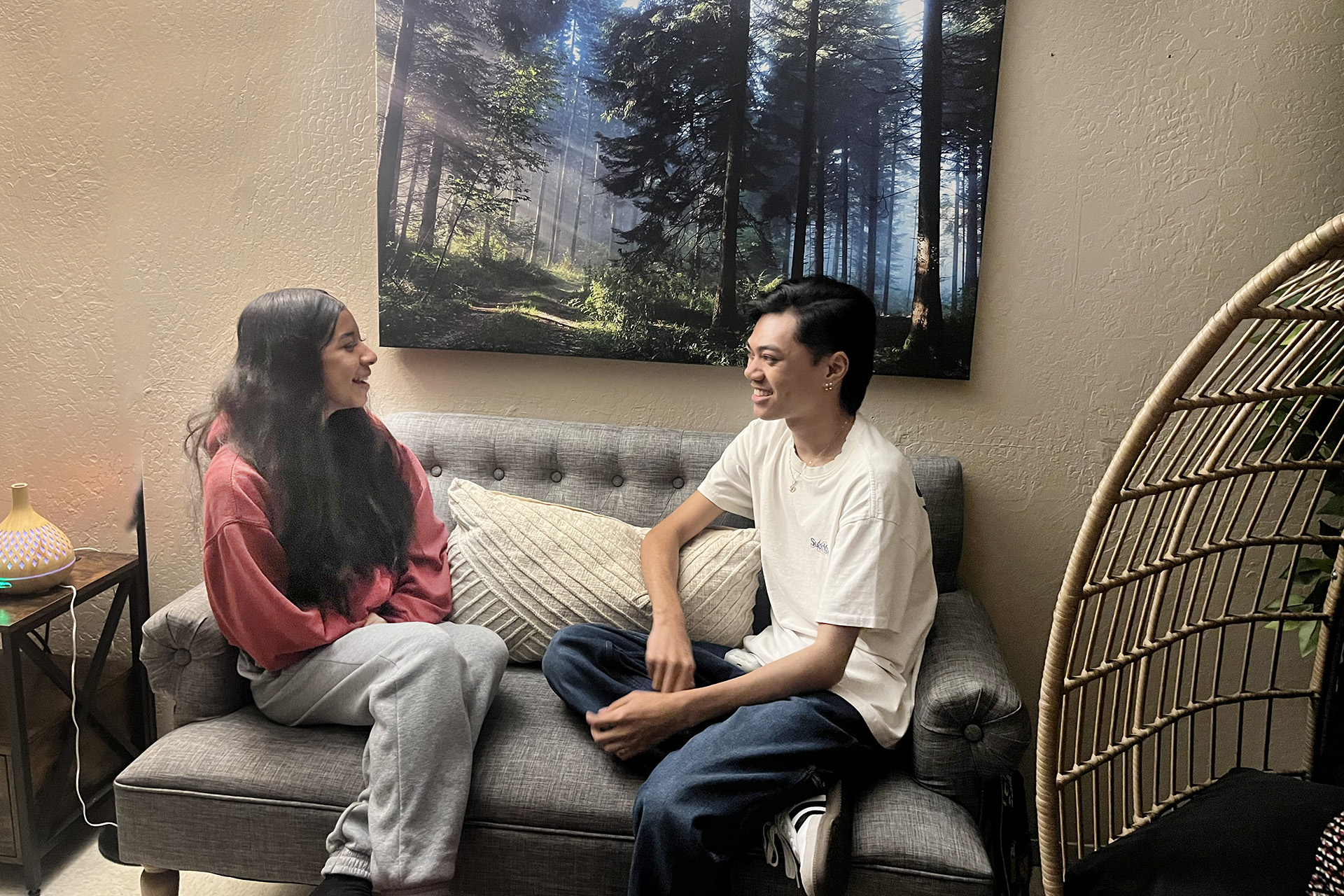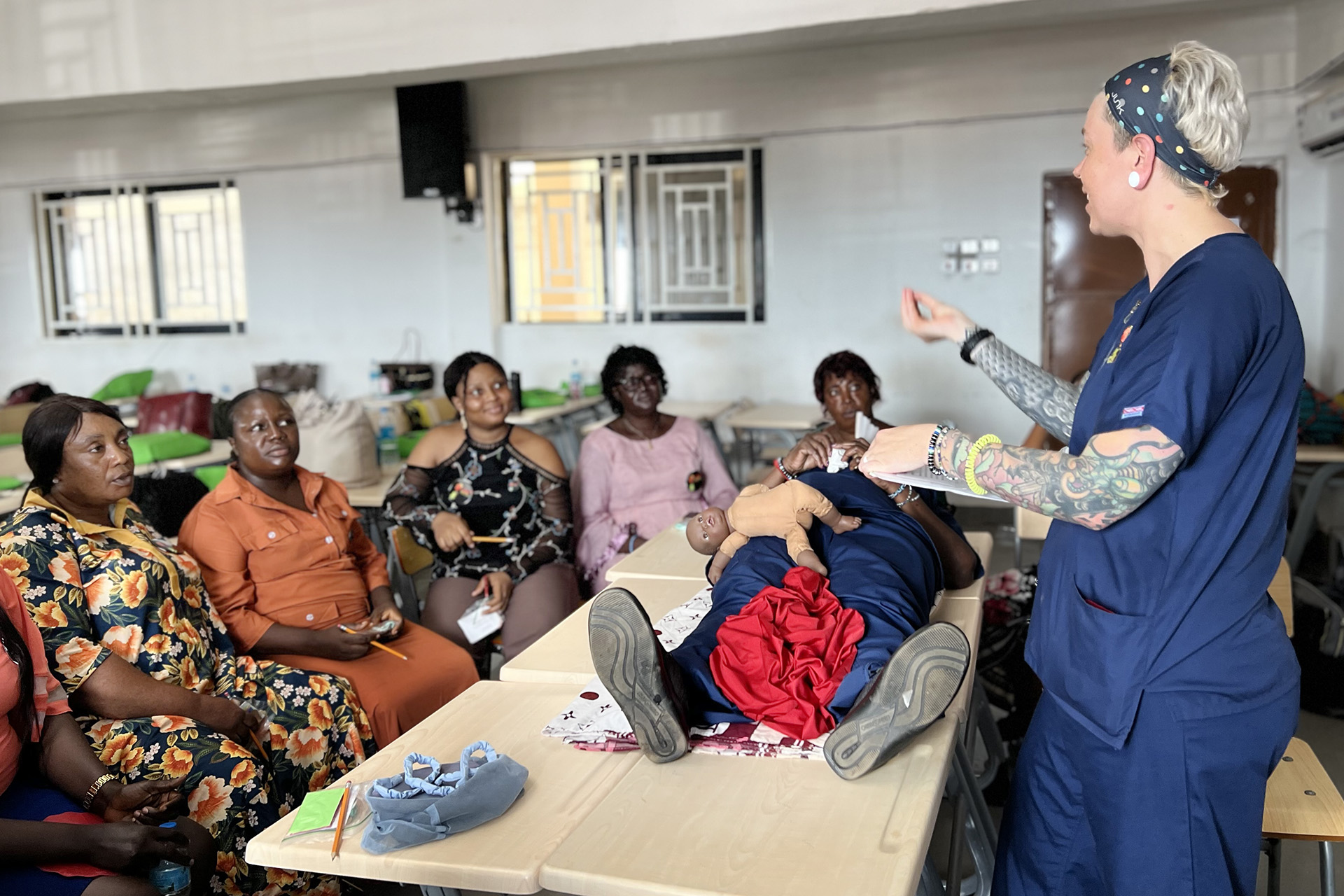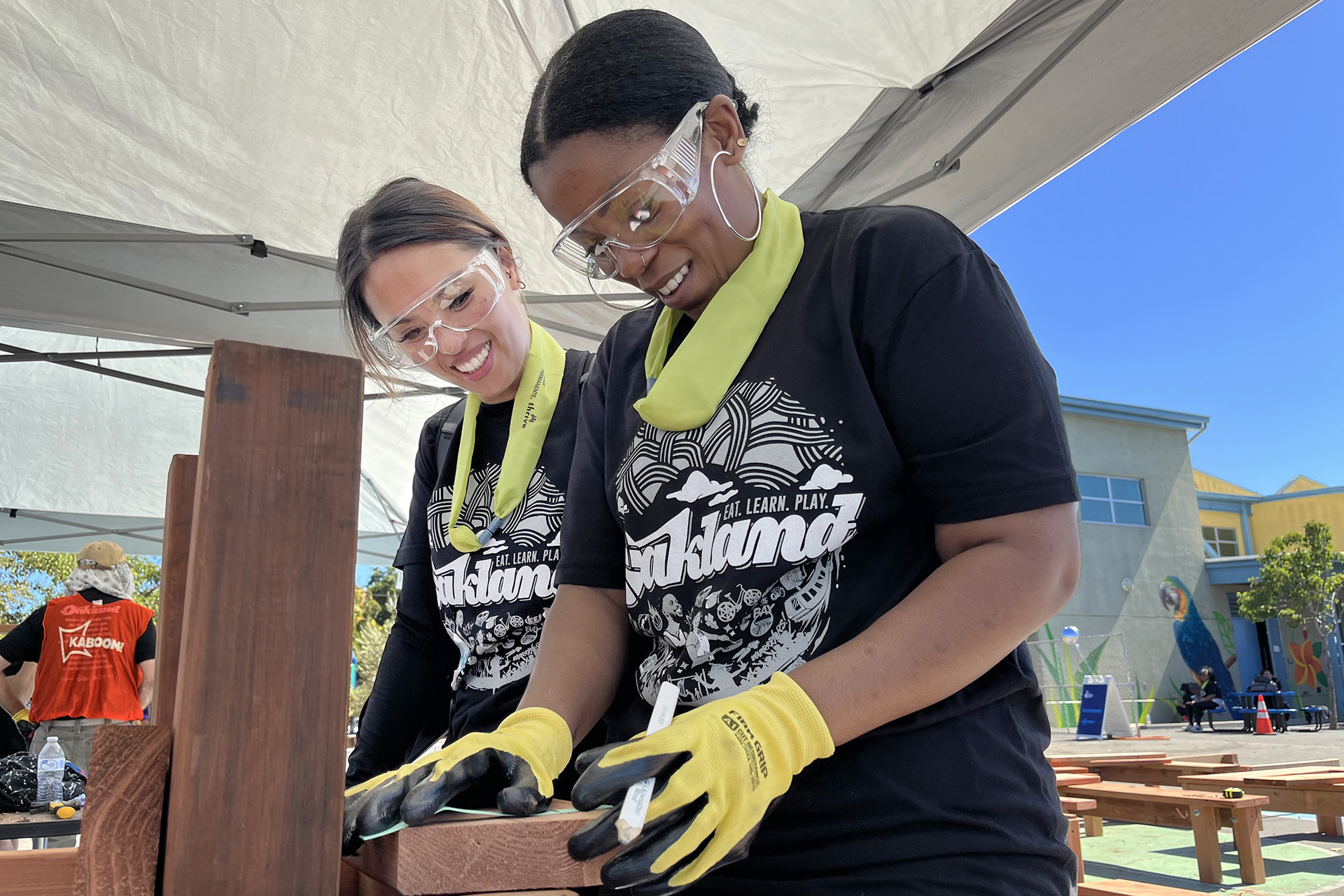Imagine a bank where everyone makes deposits into one account, its value compounds, loans never reduce the balance, and the dividends benefit everyone.
Now imagine that the deposits were blood samples from members of an integrated health care system.
That is the essence of the Kaiser Permanente Research Bank, Kaiser Permanente’s national biobanking program.
The biobank holds the “deposits” — the DNA and other health information of thousands of volunteer KP members — and pays dividends in research on the genetic and environmental factors that affect health, and new ways to diagnose, treat, and prevent many different diseases.
Building on the pioneering work of the Northern California Research Program on Genes, Environment and Health (RPGEH), the Research Bank has the ambitious goal of recruiting 500,000 Kaiser Permanente members 18 and over to share health information and a small blood sample for research.
Currently, the Research Bank is halfway there.
100 Research Studies
The Research Bank is unique among biobanks in the diversity of its participants, the years of detailed health histories they bring, and the lifestyle and environmental data for health research. Connecting this information with DNA samples and Kaiser Permanente’s rich electronic health records enables scientists to make discoveries that just aren’t possible with other research resources.
“When many people provide their genetic samples, and complete environment and lifestyle surveys, which are linked to de-identified information from their health records, it is hugely powerful in deepening our understanding of disease and health,” said Catherine Schaefer, PhD, director of the RPGEH. “It’s the basis of ‘Precision Medicine’ — discovering the underlying factors that determine disease and response to medications.”
The Research Bank is already paying dividends in scientific studies that are examining the role of genes and environment in conditions as varied as diabetes, cancer, bipolar disorder, heart disease, asthma, glaucoma, multiple sclerosis, and migraine — among many others.
DNA samples are used to produce genotypic markers on the whole genomes of Research Bank participants, making it possible to study the role of genes in many different diseases and conditions.
Thus far, 100 research projects have been approved to use data from the Research Bank, and 32 studies have been published, including 3 in the prestigious journal Nature Genetics. With 19 studies published in 2016, the pace is accelerating.
Seeking More Participants
Currently, Research Bank data is a critical component of a new Division of Research project funded by a $24-million grant from the National Institutes of Health to study how exposures to environmental chemicals during pregnancy may influence the risk of obesity and neurodevelopmental disorders in children. Researchers will use blood and urine samples contributed by women during pregnancy to measure endocrine-disrupting chemicals, and evaluate their children at age 4, including collecting saliva samples for genetic analysis.
In biobanking and genetic research, there is strength in numbers, but there is even more power and potential in diversity. That’s why as the Research Bank seeks to double the number of contributors it’s also striving to increase diversity in gender, age, and ethnicity.
“The Research Bank has the potential to bring important knowledge to populations that have some of the poorest health outcomes for conditions such as diabetes, cancer, and kidney disease,” noted Philip Madvig, MD, Associate Executive Director of The Permanente Medical Group. “Broad and diverse representation is important to advancing knowledge and improving health for everyone. Our vision is that the Research Bank will create an unprecedented resource to conduct research on how to improve future health care in Kaiser Permanente and the many communities we serve.”
And you can take that to the bank.
To learn more, visit kp.org/researchbank and watch a video about the KP Research Bank on YouTube.





This Post Has 0 Comments